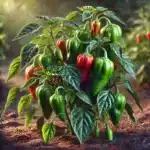

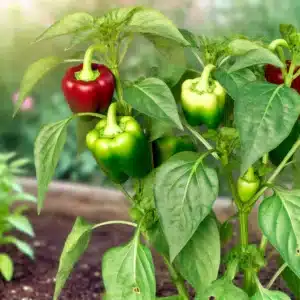
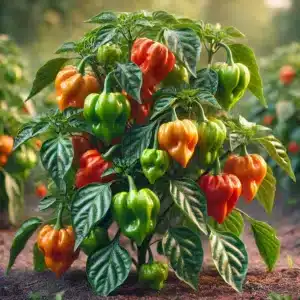
Jalapeño (Capsicum annuum)12″- 24″ inches tall
$49.99 Original price was: $49.99.$39.99Current price is: $39.99.
Jalapeño, scientifically known as Capsicum annuum, is a popular variety of chili pepper known for its moderate heat level and versatility in cooking. Native to Mexico, jalapeños are widely used in both fresh and dried forms in cuisines around the world. The peppers are often enjoyed in salsas, sauces, and as toppings for various dishes, and they can be pickled, smoked (known as chipotle), or used fresh.
Jalapeño plants typically grow to a height of 2 to 3 feet and have dark green, glossy leaves. The plants produce small white flowers, which eventually give way to the distinctive cylindrical peppers. Jalapeño peppers are usually harvested when they are 2 to 3 inches long and are dark green in color, though they will turn red if left on the plant to ripen fully. Red jalapeños tend to be slightly sweeter but still pack the same heat.
Jalapeños have a mild to moderate heat level, typically ranging between 2500 to 8000 Scoville Heat Units (SHU). The heat comes from capsaicin, the compound responsible for the spiciness in peppers.
Cultivation and Care:
Jalapeños thrive in warm, sunny conditions and require well-drained soil with a pH of 6.0 to 6.8. Like other chili peppers, they need full sun to grow and produce well, requiring at least 6 to 8 hours of sunlight daily.
Jalapeño seeds are often started indoors about 8 to 10 weeks before the last frost date. Once the seedlings are strong enough and outdoor temperatures are consistently above 60°F (15°C), they can be transplanted into the garden or larger containers. Plants should be spaced about 18 inches apart to allow for good air circulation and growth.
The plants require consistent watering, especially during the flowering and fruiting stages. The soil should be kept evenly moist but not waterlogged to avoid root rot. Mulching around the base of the plants helps retain moisture and keeps the roots cool.
Fertilizing jalapeños with a balanced fertilizer, especially one rich in phosphorus and potassium, will encourage healthy growth and fruit production. Too much nitrogen should be avoided, as it can lead to lush foliage but fewer fruits.
Diseases like bacterial spot, powdery mildew, and blossom end rot can also affect jalapeños. Proper spacing, good airflow, and avoiding overhead watering can help prevent fungal infections, while consistent watering and adding calcium to the soil can reduce the risk of blossom end rot.
Harvesting:
Jalapeños can be harvested when they reach their full size and are a glossy green, typically about 70 to 85 days after transplanting. For a slightly sweeter flavor and deeper heat, the peppers can be left to ripen on the plant until they turn red. Harvesting can be done by cutting the peppers from the plant using pruning shears or a sharp knife to avoid damaging the plant.
Once harvested, jalapeños can be stored in the refrigerator for up to a week. They can also be dried, frozen, or pickled for longer storage. Smoking ripe red jalapeños produces chipotle peppers, which are commonly used in Mexican cuisine for their rich, smoky flavor.
Growing in Containers:
Jalapeños can be grown successfully in containers, making them a great option for patios, balconies, or small garden spaces. Choose a container with good drainage and at least 12 inches in diameter. Container-grown plants will need more frequent watering and fertilizing than those planted in the ground.
Nutritional Value:
Jalapeños are low in calories and rich in vitamins A and C, as well as antioxidants like capsaicin, which has anti-inflammatory properties and may help boost metabolism. They are also a good source of fiber and vitamin K.
Conclusion:
Jalapeños are a versatile and easy-to-grow chili pepper that adds a moderate heat and fresh flavor to many dishes. With the right care, they can produce a bountiful harvest throughout the growing season. Whether grown in the ground or in containers, jalapeños are a great choice for home gardeners who enjoy adding a spicy kick to their culinary creations.
| Weight | 10 oz |
|---|---|
| Dimensions | 22 × 4 × 4 in |
| Planting Bag + Soil |
Plastic Bag + soil ,No Soil |

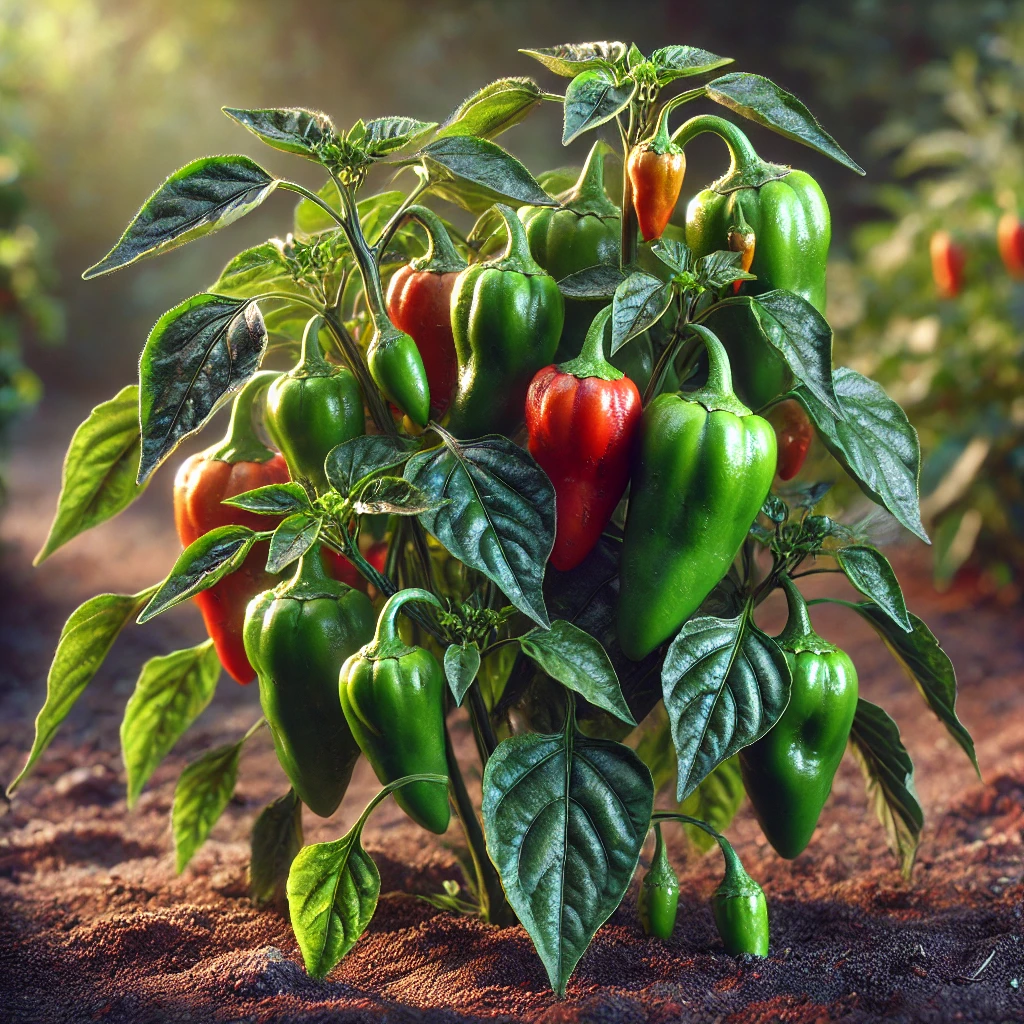
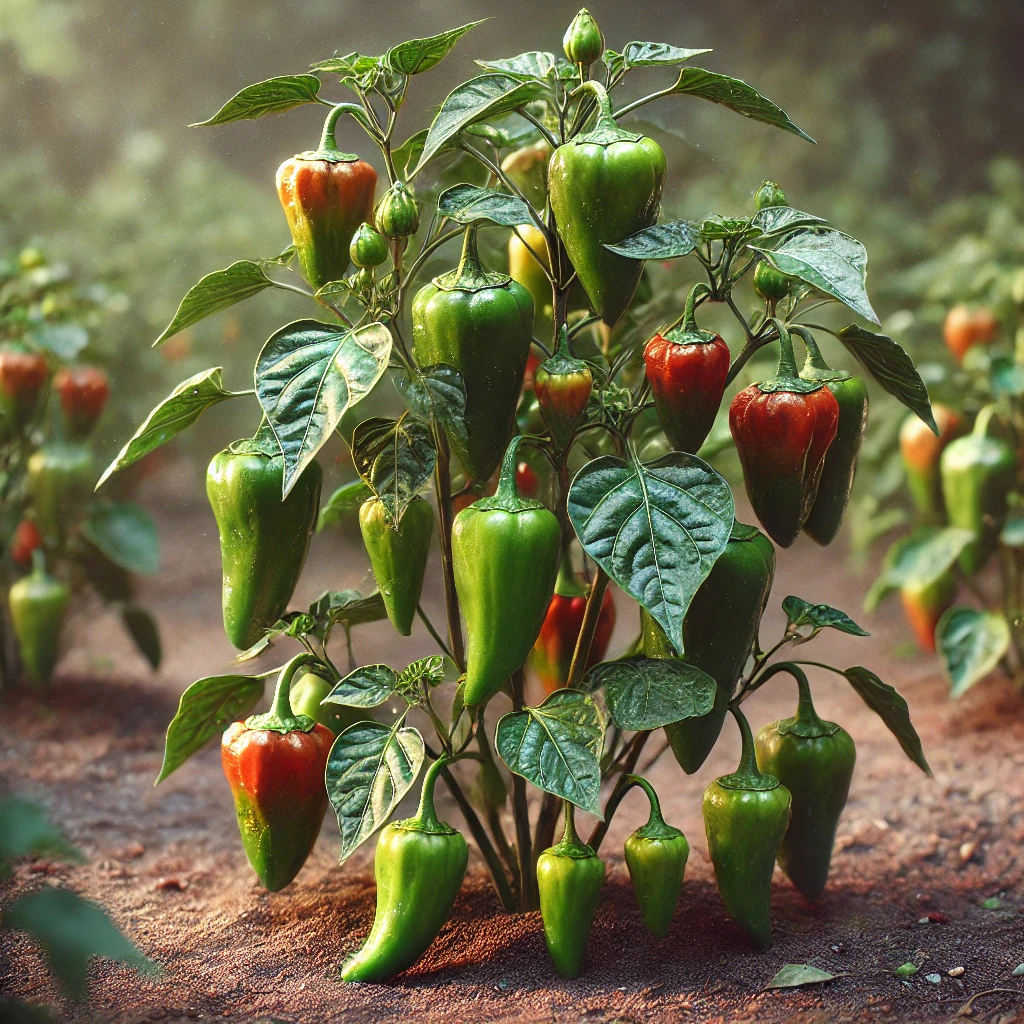


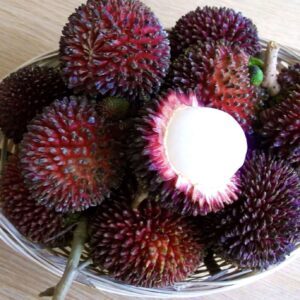
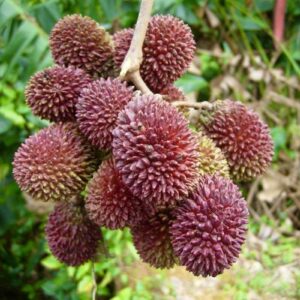
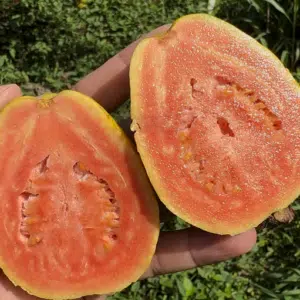
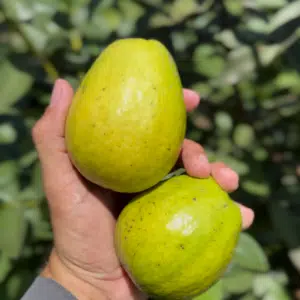


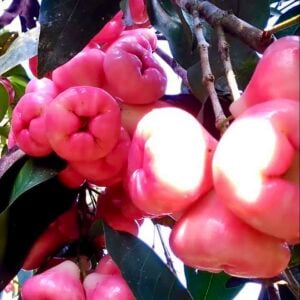
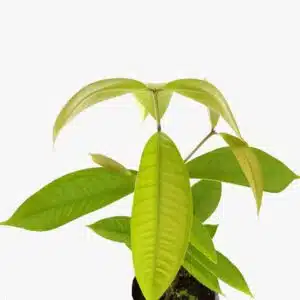
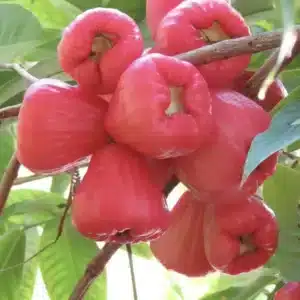
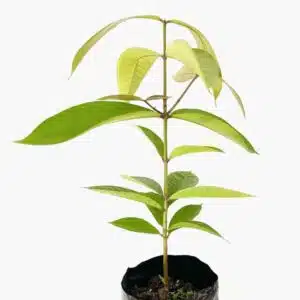
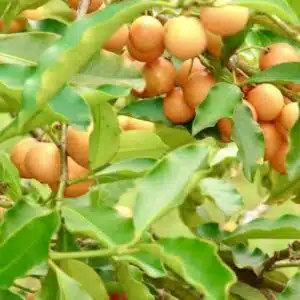
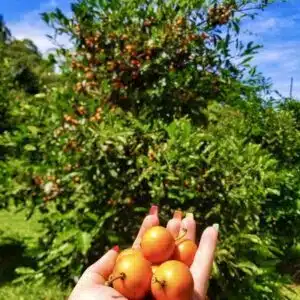


Reviews
There are no reviews yet.